An interview with author Josephine Machon and Director of Punchdrunk Enrichment, Peter Higgin
Immersive theatre pioneers Punchdrunk have infatuated fans across the globe from their earlier days with shows like Faust to the currently running productions of Sleep No More in New York City and Shanghai. Founded by Artistic Director Felix Barrett, the company is best known for its large scale, exploratory shows where audience members wear masks and encounter dancers in fantastic settings; however, Punchdrunk has constantly reinvented themselves throughout the years as they experiment with incorporating elements from technology and education into their work.
They’ve now compiled The Punchdrunk Encyclopaedia, the most definitive book on the company’s work over the last 18 years to date, written by Josephine Machon along with the Punchdrunk team and published by Routledge. The Punchdrunk Encyclopaedia invites readers to take their own journeys through the company’s work and learn about Punchdrunk’s creative approach.
We spoke to Professor Josephine Machon of Middlesex University, and Peter Higgin, Director of Enrichment and Punchdrunk Village, over email to learn more about the new Punchdrunk Encyclopaedia.
This interview has been lightly edited for clarity.
No Proscenium (NP): Could you tell us a little about yourself and your background in the immersive arts?
Peter Higgin (PH): I’m a founding member of Punchdrunk and have worked for the company for the last 18 years. I have been involved in most of the company’s major works and now lead the charitable arm of the company with my colleague Rebecca Dawson. In 2008 I set up the company’s enrichment program which explores how Punchdrunk’s practice can be applied to work in educational and community settings. Notable projects include, Under The Eiderdown, The Lost Lending Library, and Greenhive Green. Alongside this I have conceived and directed all of the company’s work for family audiences, including our most recent production Small Wonders.
Josephine Machon (JM): I’ve been an academic since 1997, with a research focus in the field which stems from my undergraduate interests. I became aware of Punchdrunk while working at the same university as Maxine Doyle during the first iteration of Sleep No More in London (2003). I was immediately attracted to the innovation of the form and the manner in which it reimagined its source material. Punchdrunk’s practice directly connected with research I was conducting into experiential practice, which was the subject of my first book, (Syn)aesthetics.
I’m drawn to work that taps into the full sensorium and intellect of the whole body. In that respect, I’m as inspired by the practice of Caryl Churchill or debbie tucker green as I am by Punchdrunk’s work: writer’s theatre that does something astoundingly innovative and makes you think critically about the world and place of human’s within that, because of how it makes you feel.
Punchdrunk’s work was a very early case study in my research, alongside Shunt, Marisa Carnesky, and Curious. The work of these artists all fell into the “immersive theatre” genre before performance was being categorised as such. I was aware of the immersive label and related terminology around the work that I was drawn to as an audience member, and aware of the unusual manner in which it affected and made demands on audiences. This in turn led me to writing Immersive Theatres: Intimacy and Immediacy in Contemporary Performance.
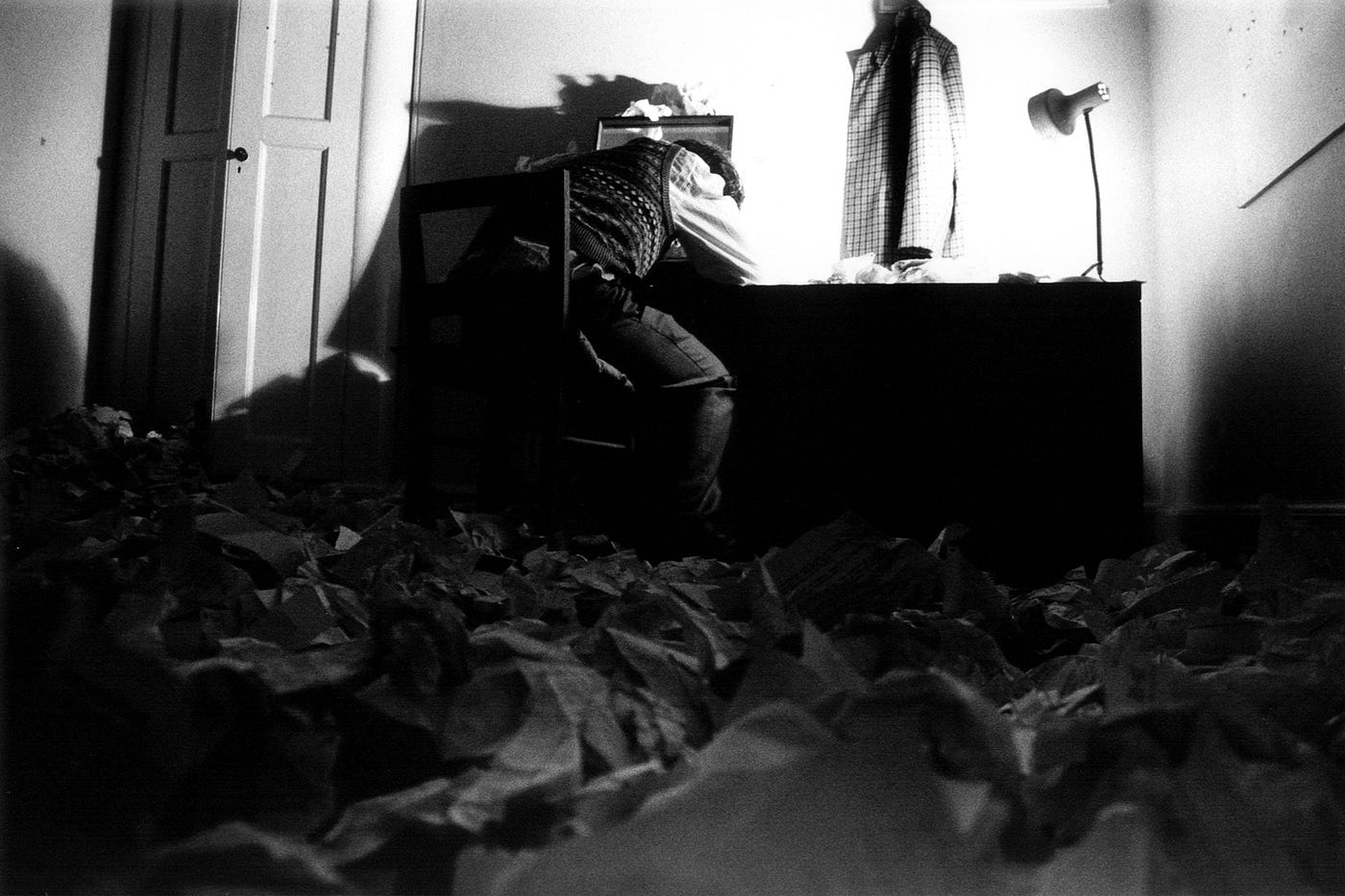
NP: How would you describe Punchdrunk to someone who may not be familiar with the company’s work?
PH: I would encourage them to experience a Punchdrunk production, otherwise it’s very challenging to explain the experiences that we create.
JM: I’d read The Punchdrunk Encyclopaedia, it explains all! There are a number of online articles and profiles or books published that summarize Punchdrunk’s practice and describe the feel of the worlds that Punchdrunk creates, the ways in which audiences are invited in to experience these worlds and find narratives or themes. That said, Punchdrunk is constantly evolving its practice, trying out new forms, techniques and creating new works that experiment with gaming techniques and digital technologies, that are very different to the longer running and more widely discussed productions. Although Punchdrunk is best known for its large scale, masked events, Punchdrunk Enrichment’s work, or the many smaller scale experiments that explore different approaches to audience engagement and employ different forms, make it tricky to encapsulate effectively the work produced. In short, Punchdrunk’s work is considered to be exemplary of immersive practice due to the ideas underpinning it and the mission that drives it. That mission never changes; to place the audience at the centre of the work in concept and experience, in both its epic and intimate forms.
NP: What, in a nutshell, is The Punchdrunk Encyclopaedia about? What kinds of things should readers expect to find in the book?
PH: The book gives the most comprehensive account of the practice and history of the company over the past eighteen years. It’s laid out in a playful encyclopaedia format so that much like our masked shows, the reader can choose their own journey through the book. It gives a unique insight into the formative experiences that shaped Felix’s creative approach, to the first ever Punchdrunk productions and present day.
JM: The encyclopaedic format offers a different way to engage with the history, philosophy and ongoing practice of the company. It offers the reader an experience similar to a Punchdrunk masked show. Readers decide how they want to journey through the book and are encouraged to return to it; to re-examine and discover anew the nuances that exist within the pages. This is the definitive book on the company, written in close collaboration with the core creative team, inflected by the perspective of wider collaborators. A great deal of its content has never been shared in print before. It’s unique because of the range of voices who have contributed. The Punchdrunk Encyclopaedia is completely unparalleled in its scope and in these new insights to Punchdrunk’s process and techniques.
In terms of Punchdrunk’s influence on immersive and interactive practices more generally, this encyclopaedia offers an overview of a strand of 21st century stagecraft that contributes to writing on British theatre practice more broadly.
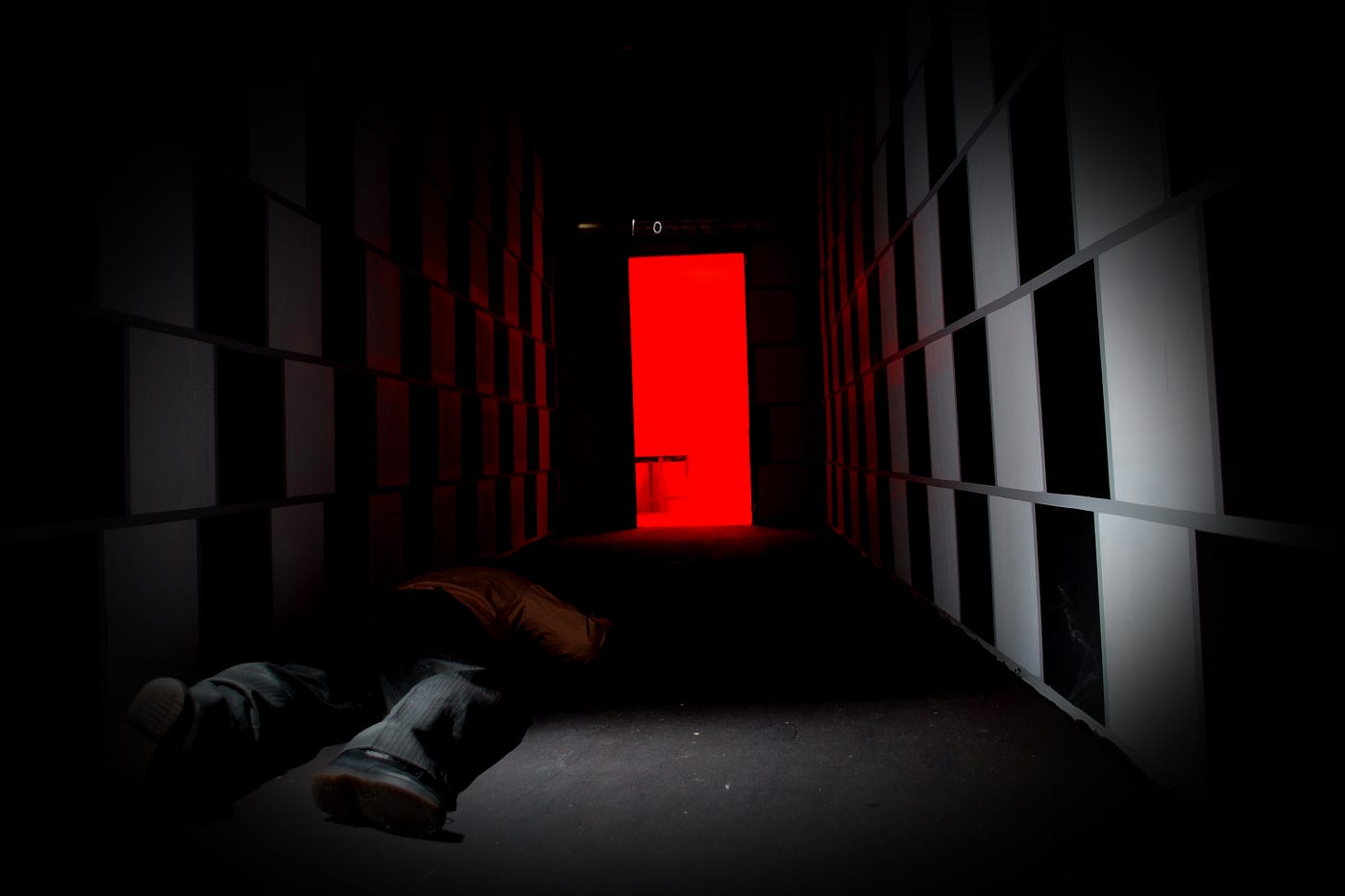
NP: How did the Encyclopaedia project come about? What inspired the team to compile the history of the company into one place?
JM: I was writing a chapter on Punchdrunk’s history and practice for an edited collection on British theatre companies and conducted two long-form interviews with Felix for this during 2012–13. It was the first time he’d been asked to reminisce and reflect, and it was clear he relished the opportunity. During our conversation, it was delightful to witness Felix connecting childhood and very early educational experiences with his approach to practice and with what he subsequently went on to create with the company. It was through these conversations that the seed was planted. Following that process, we began to explore producing a book around 2014, when both Felix felt the time was right to evaluate the work that had gone before and Punchdrunk’s core creative team felt the need to respond to the huge amount of support the company had been given over the years from its audience. Significantly, it was a point where the company had become more confident about sharing its process.
While the book’s publication comes at a time where it feels right for Felix and the team to share Punchdrunk’s story, at this stage in its evolution, the encyclopaedic format celebrates that there isn’t a fixity to this work. This book marks a point in time where Felix and Punchdrunk are happy to celebrate the work they’ve accomplished and also acknowledge the move forward into a new stage of the company’s existence. Punchdrunk continues to evolve, and future editions will take on new and equally exciting forms. We’re all looking forward to the next edition.
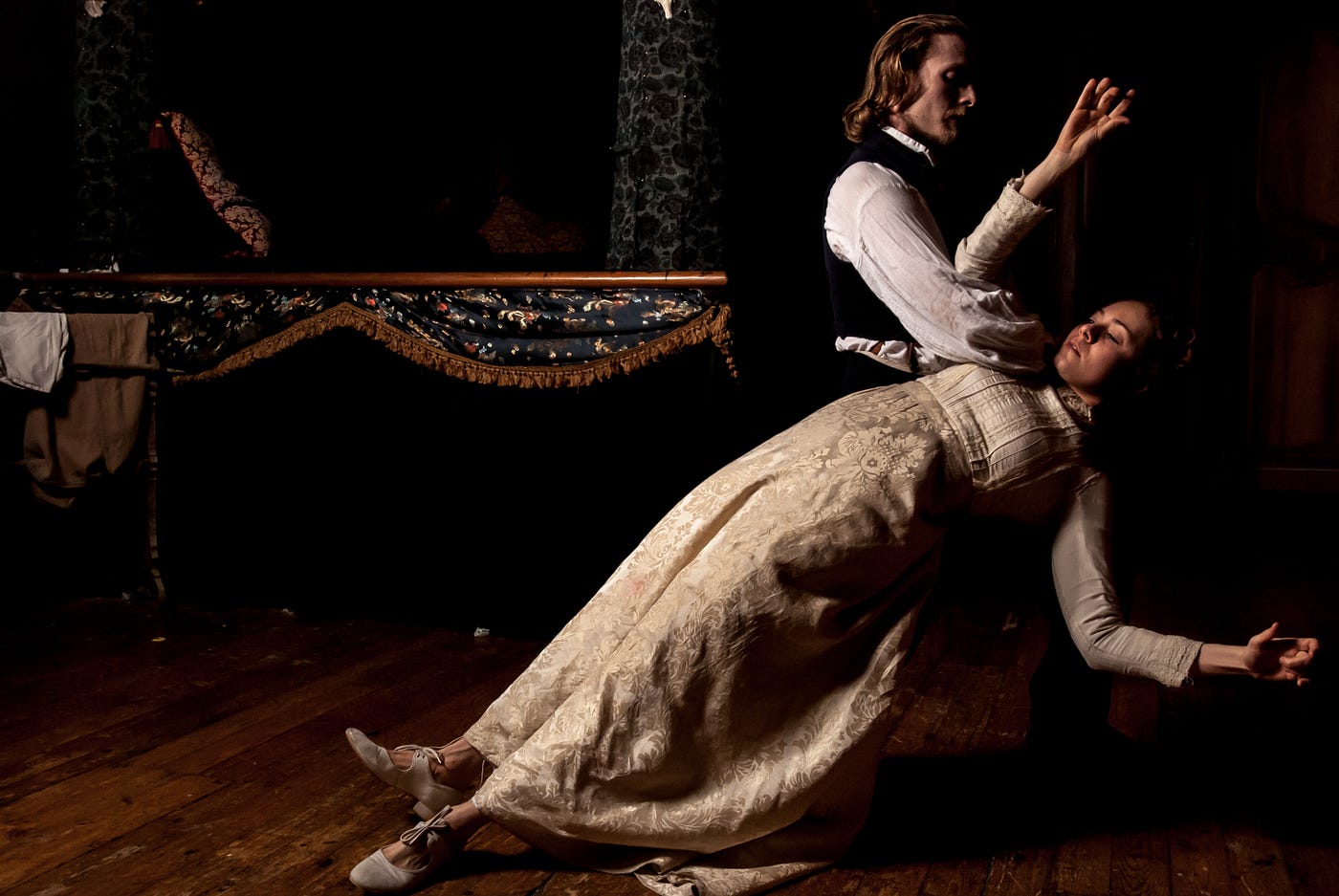
NP: How do you tackle compiling 18 years of history into one volume?
PH: Jo spent a huge amount of time interviewing those who have played a key role at Punchdrunk over the past 18 years. Honing in on the encyclopaedia format was key. We wanted it to be different from a standard textbook and to have multiple entry points and journeys.
JM: Highlighting the ways in which the history, process, and productions overlap and elucidate each other has been an important part of the authoring process. Ensuring all the voices, both key company members and external collaborators, were positioned within or alongside entries to inflect the forms and themes most effectively. Compiling The Punchdrunk Encyclopaedia combined a creative process of composition and curation that was a pleasure to craft.
NP: What has surprised you the most during the process of making the book?
PH: It’s been enjoyable taking stock. At Punchdrunk, you very often live in the now, with little time for reflection. The process has been cathartic, and because the early years have been scarcely documented, you recognize the importance of capturing and documenting the journey from here on. It’s also reminded us just how many people have played a role in getting us to where we are today.
JM: Rather than a surprise, it has been a real pleasure for me to draw out those forementioned connections with Felix’s early anecdotal, theatrical, and artistic influences and his later practice; to elaborate on those affinities and influences that help the reader to understand Punchdrunk’s process and productions. Being able to have a sustained conversation about specific elements of the practice, such as the temporal and thermodynamic qualities of light, or the sculptural significance of costume was vital; encouraging Felix to critique the evolution of the approach, as much as to explore his attraction to the form, has brought out rich nuances in the telling of the history.
It was such a privilege to visit Felix’s parents’ house with him and be in a space with the people that were so important in terms of who he was and how it influenced who he has become as an artist. Hearing first-hand accounts of family trips to the theatre, rifling through the boxes of early Punchdrunk memorabilia that Felix’s mum has kept, going up to “the attic,” noticing crockery and furniture that was borrowed for the early London productions; that access gave me a unique insight to Felix and the practice he evolved that served to embellish his stories.
The interviews and conversations with core members of the team and past collaborators were also a pleasure to construct and were vital to the analysis of form and theme in the work. This original material underpinned the research and helped me to shape the critical analysis overall.
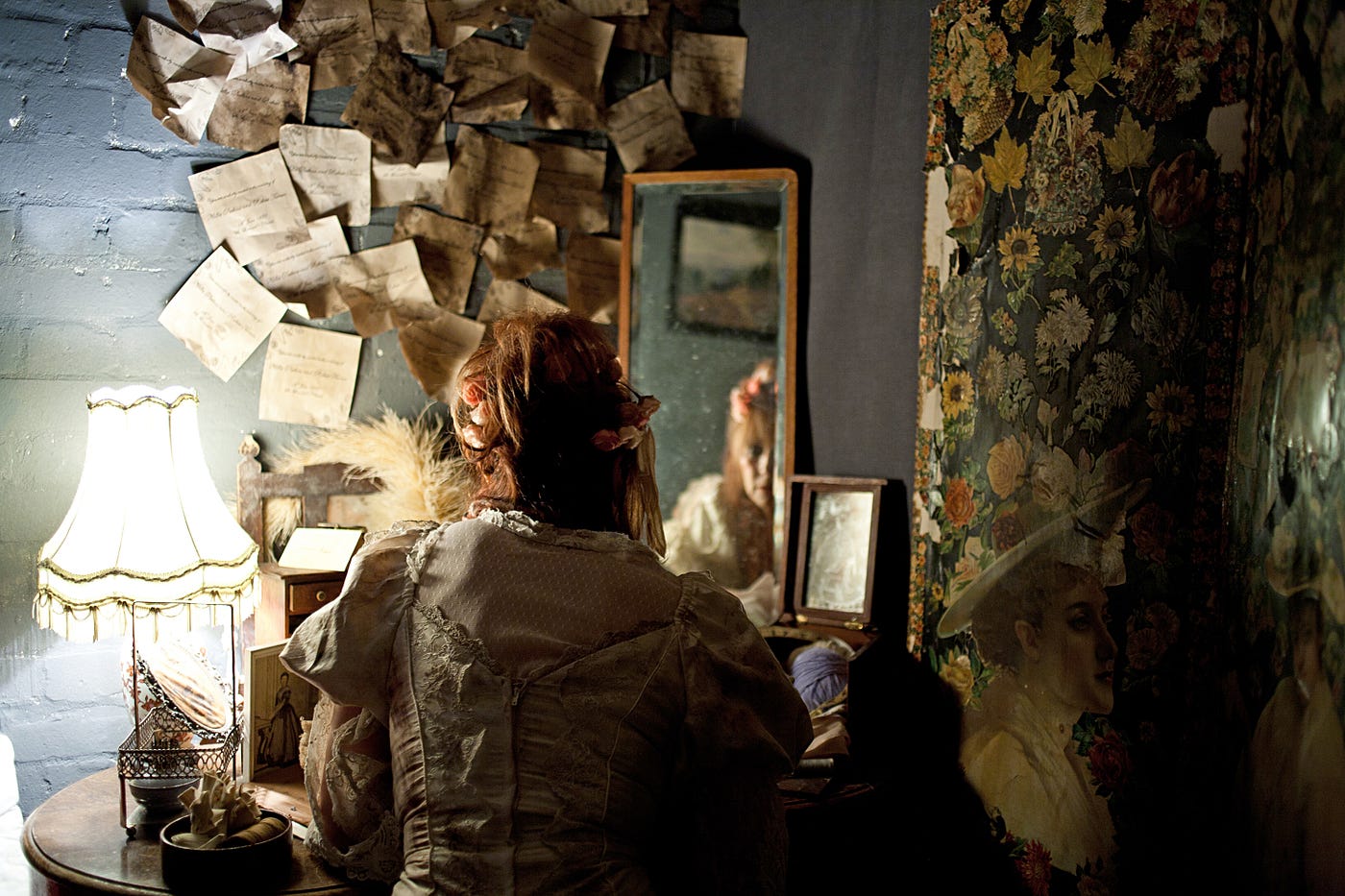
NP: What kinds of themes have emerged as the book was put together?
JM: A lot of new material is presented from the different perspectives of core company members and associate artists, all reflecting on the genesis of the form and the building of the company. The contributions from external collaborators offer interesting observations, which further texture the company’s recollections. The book addresses all elements of theatre: lighting, costume, sound, dance and so on. It unpacks forms and techniques for which Punchdrunk is well-known, such as one-to-one encounters or “in-show worlds.” It surveys the company’s singular approach, forged through necessity, to production management and producing. It identifies influences that have shaped Punchdrunk’s aesthetic.
For Punchdrunk fans there are pleasurable details included such as previously unrecounted anecdotes related to specific productions, or entries that detail the significance of dreams or mazes, or influential books that have had an impact on the work. My own more objective analysis woven through all of this, strengthened by the core creative team’s willingness to critique its evolving process and practice, ensures the accessible, creative content has an academic underpinning that will be useful to anyone studying in this field. There are also new connections drawn through this analysis that elaborate on existing theories around Punchdrunk’s work and the audience experience.
NP: Who is the ideal reader for this volume?
PH: The book has been developed to be suitable for both academics and students alongside those who simply have an interest in our work.
JM: The book is for anyone who has experienced a Punchdrunk production in the past or who is curious about the company. It’s also written for anyone with an interest in contemporary performance and theatrecraft — those who want to make work as much as those who want to appreciate and analyze it.
NP: What do you hope people — old fans and new fans alike — take away from The Punchdrunk Encyclopaedia?
PH: We hope it gives a deeper understanding of the company’s practice. We have never been as candid or as open as we have in the book, I hope that is refreshing and interesting for readers whether old or new to our work.
JM: I hope readers have a desire to return to it again and again and an anticipation for the second edition that might materialise further along in Punchdrunk’s history.
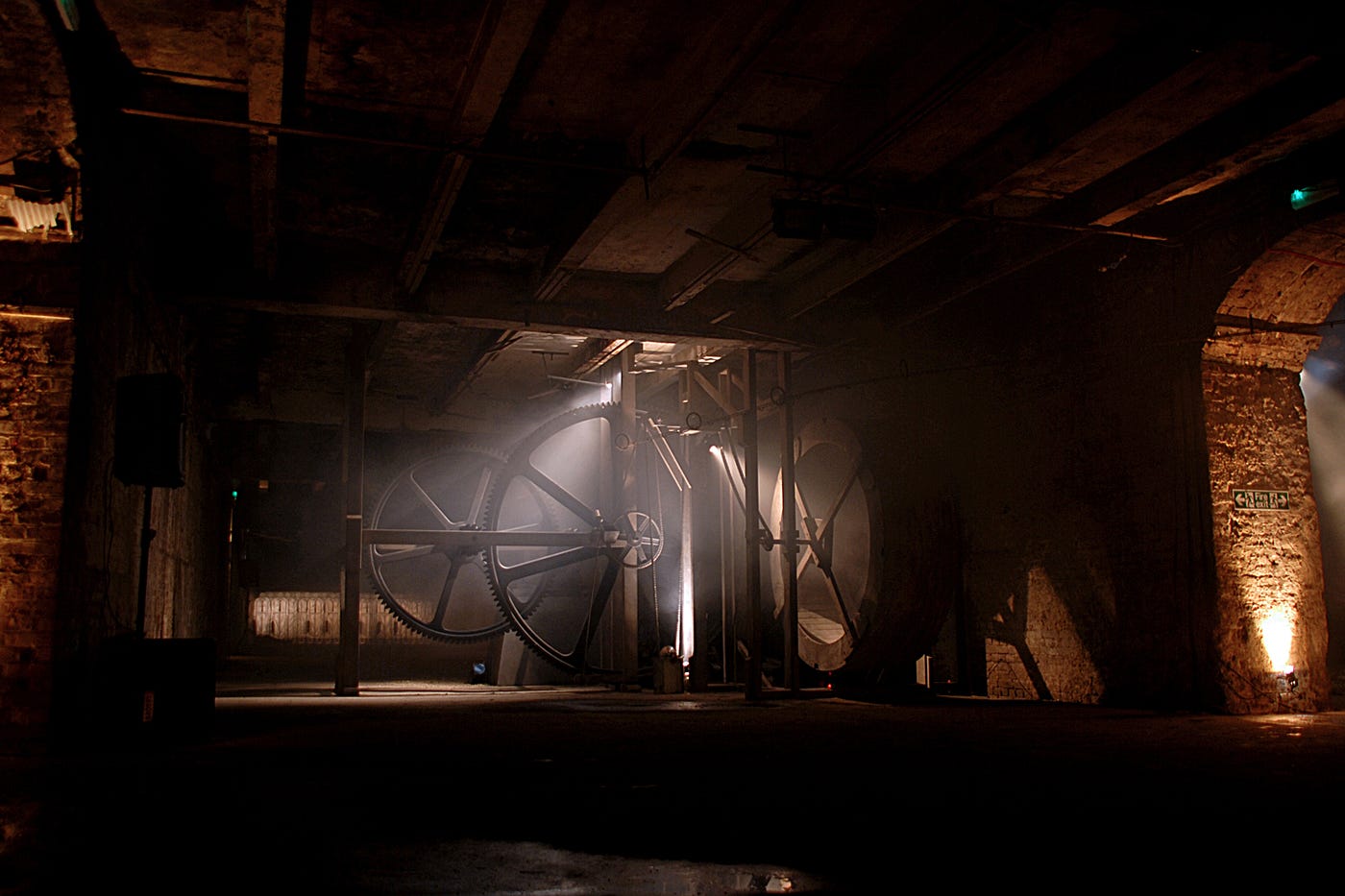
The Punchdrunk Encyclopaedia is now available for purchase from Routledge Books.
NoPro is a labor of love made possible by our generous Patreon backers. Join them today!
In addition to the No Proscenium web site, our podcast, and our newsletters, you can find NoPro on Twitter, Facebook, YouTube, Instagram, in the Facebook community Everything Immersive, and on our Slack forum.
Office facilities provided by Thymele Arts, in Los Angeles, CA.



















Discussion